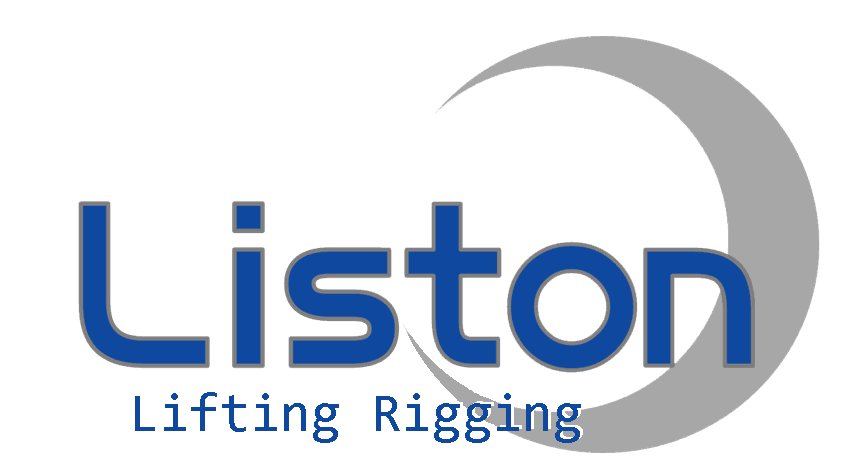Webbing slings are an important tool for lifting and securing heavy objects in various industries including construction, manufacturing and logistics. Made from high-quality polyester material, these versatile and durable slings are strong and reliable for a variety of lifting applications. However, using webbing slings requires proper knowledge and technique to ensure safety and efficiency. In this article, we’ll discuss the different types of webbing slings and their applications, and provide a comprehensive guide on how to use them effectively and safely.
Types of webbing slings
There are several types of webbing slings on the market, each designed for a specific lifting purpose. The most common types include flat slings, ring slings, and round slings.
Flat Webbing Slings: Made from a single layer of polyester webbing, these slings provide a flat, smooth surface for lifting loads. They are suitable for delicate or fragile loads as the wide surface area helps distribute the weight evenly.
Loop Slings: Also called loop slings, these slings are constructed from continuous loops of polyester webbing to allow for versatile, flexible lifting configurations. They are ideal for lifting irregularly shaped or bulky loads as the endless design provides multiple lifting points.
Round Sling: Round slings are made from continuous loops of polyester yarn wrapped in a protective sheath for a soft and flexible structure. They are commonly used for lifting heavy and abrasive loads as the rounded shape reduces the risk of damage to the load and the sling itself.
Each type of webbing sling has its own unique features and benefits, making it suitable for different lifting applications. Understanding the characteristics of each type is critical to choosing the right sling for the job.
How to use webbing slings
Safe and effective use of web slings requires proper training and compliance with industry standards and regulations. Here are the basic steps to follow when using a webbing sling for lifting operations:
1. Inspection and maintenance
Before using your webbing sling, it is important to inspect it for any signs of damage, wear or deterioration. Check for cuts, scrapes, frayed or broken stitching, as these can compromise the strength and integrity of the sling. Also, make sure the sling is free of contaminants such as dirt, grease, or chemicals, as these can weaken the material.
Regular maintenance and cleaning of webbing slings is essential to extend their lifespan and ensure safe use. Store the sling in a clean, dry, well-ventilated area away from direct sunlight and sources of heat or moisture.
2. Load calculation and sling selection
Before lifting a load, it is important to calculate the weight and dimensions of the load to determine proper sling capacity and configuration. Select a webbing sling with a rated capacity that exceeds the weight of the load, taking into account factors such as sling angle, lifting method and the presence of sharp edges or abrasive surfaces.
3. Rigging and accessories
Properly installing and securing webbing slings to the load and lifting equipment is critical to safe and secure lifting. Make sure the sling is correctly positioned around the load to avoid twists or knots that could weaken the sling. Use appropriate rigging hardware, such as shackles or hooks, to secure the sling to the lifting equipment, ensuring the connection is properly tightened and secured.
4. Lifting and handling
When lifting loads using webbing, it is crucial to maintain clear communication and coordination among the lifting team. Apply tension to the sling gradually to avoid sudden jerks or shocks that could cause damage to the sling or load. Use placards or guide ropes to control the movement of the load and prevent swinging or shifting during lifting.
5. Monitoring and Inspection
During lifting operations, continuously monitor the condition of the webbing sling and load for any signs of stress, slippage or instability. If you notice any problems, stop the lifting operation immediately and assess the situation to prevent accidents or injuries.
After the lifting operation is completed, carefully inspect the slings for damage or wear and store them properly for future use.
Security considerations
When using a web sling, you must prioritize safety and follow best practices to prevent accidents and injuries. Here are some important safety considerations to keep in mind:
- Training and Certification: Ensure that all personnel involved in the use of webbing slings are properly trained and certified in rigging and lifting operations. Understanding safe lifting practices, load calculations and sling usage is critical to preventing accidents.
- Weight Limits and Load Distribution: Never exceed the rated capacity of a webbing sling and always distribute the load evenly to prevent overloading and potential sling failure.
- Sharp Edges and Weared Surfaces: Avoid direct contact of webbing slings with sharp edges, corners, or worn surfaces as these may cause cuts, scrapes, or damage to the sling material. Use protective sleeves or corner guards when lifting loads with sharp edges.
-Environmental conditions: When using a webbing sling, consider environmental factors such as temperature, humidity and exposure to chemicals. Extreme conditions can affect the strength and performance of your sling, so take appropriate precautions and use appropriate protection.
- Regular Inspections: Check the webbing sling regularly to identify any signs of wear, damage or deterioration. Replace slings that show signs of damage to ensure safe lifting operations.
Webbing slings are important tools for lifting and securing heavy objects in a variety of industrial environments. By understanding the different types of web slings and their applications and following proper usage guidelines, workers can ensure safe and efficient lifting operations. Adhering to safety considerations, regular inspections, and providing adequate training to personnel are important steps in promoting a safety culture and preventing accidents related to webbing sling use. With the right knowledge and practice, webbing slings can be used effectively to increase productivity and minimize risks in lifting operations.
Post time: Sep-12-2024


